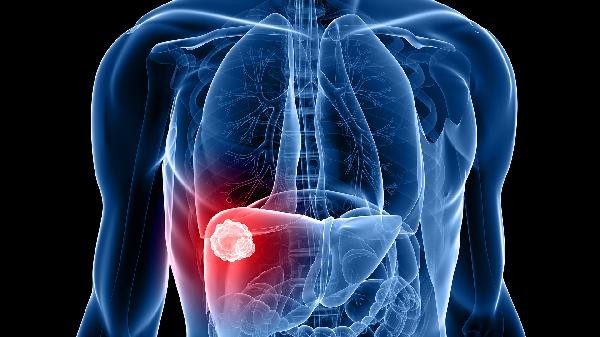Cholesterol esterification is an important physiological process that maintains cell membrane stability and hormone synthesis. Its main significance includes promoting lipid storage, regulating cholesterol metabolism balance, participating in bile acid synthesis, supporting steroid hormone production, and enhancing lipoprotein transport efficiency.

1. Promote lipid storage:
Cholesterol esterification converts free cholesterol into cholesterol esters, which have stronger hydrophobicity and can be efficiently stored in cellular lipid droplets. This process is catalyzed by acetyl CoA cholesterol acyltransferase, which avoids the toxicity caused by excessive accumulation of free cholesterol on the cell membrane, especially for lipid metabolism active tissues such as the adrenal cortex and liver.
2. Regulating metabolic balance:
Esterification reaction reduces intracellular free cholesterol concentration, activates the SREBP pathway to promote cholesterol synthesis, and upregulates LDL receptor expression to uptake exogenous cholesterol. This negative feedback regulation mechanism maintains stable blood cholesterol levels and reduces the risk of atherosclerosis.
3. Participation in bile acid synthesis:

About 80% of cholesterol esters in the liver are hydrolyzed into free cholesterol as bile acid precursors. The esterification form facilitates the storage and on-demand release of cholesterol in liver cells, and can convert 200-600mg of cholesterol into bile acids daily, promoting lipid digestion and absorption.
4. Support hormone production:
The adrenal gland and gonads use cholesterol esters as raw materials for steroid hormone synthesis. Esterified cholesterol is stored in cytoplasmic lipid droplets and rapidly hydrolyzed to provide free cholesterol after hormone stimulation, which is used for emergency synthesis of hormones such as cortisol and testosterone to meet stress or reproductive needs.
5. Enhance lipoprotein transport:
Low density lipoprotein LDL core cholesterol ester accounts for 40% -50%, and its hydrophobic properties enable lipoprotein to stably transport cholesterol. High density lipoprotein (HDL) undergoes esterification to reverse transport peripheral cholesterol to the liver, completing the systemic redistribution of cholesterol. Moderate intake of unsaturated fatty acids such as deep-sea fish oil and nuts in daily diet can optimize cholesterol esterification efficiency, while regular aerobic exercise can enhance HDL mediated retrograde transport ability. It is recommended that individuals aged 40 and above undergo annual blood lipid profiling, with a focus on the ratio of HDL-C to LDL-C. When total cholesterol exceeds 5.2 mmol/L, it is necessary to evaluate the esterification metabolism status in conjunction with apolipoprotein testing. Cooking uses oils rich in oleic acid, such as olive oil, whose monounsaturated structure is more easily utilized by acyltransferases, promoting the benign conversion of cholesterol esters.









Comments (0)
Leave a Comment
No comments yet
Be the first to share your thoughts!